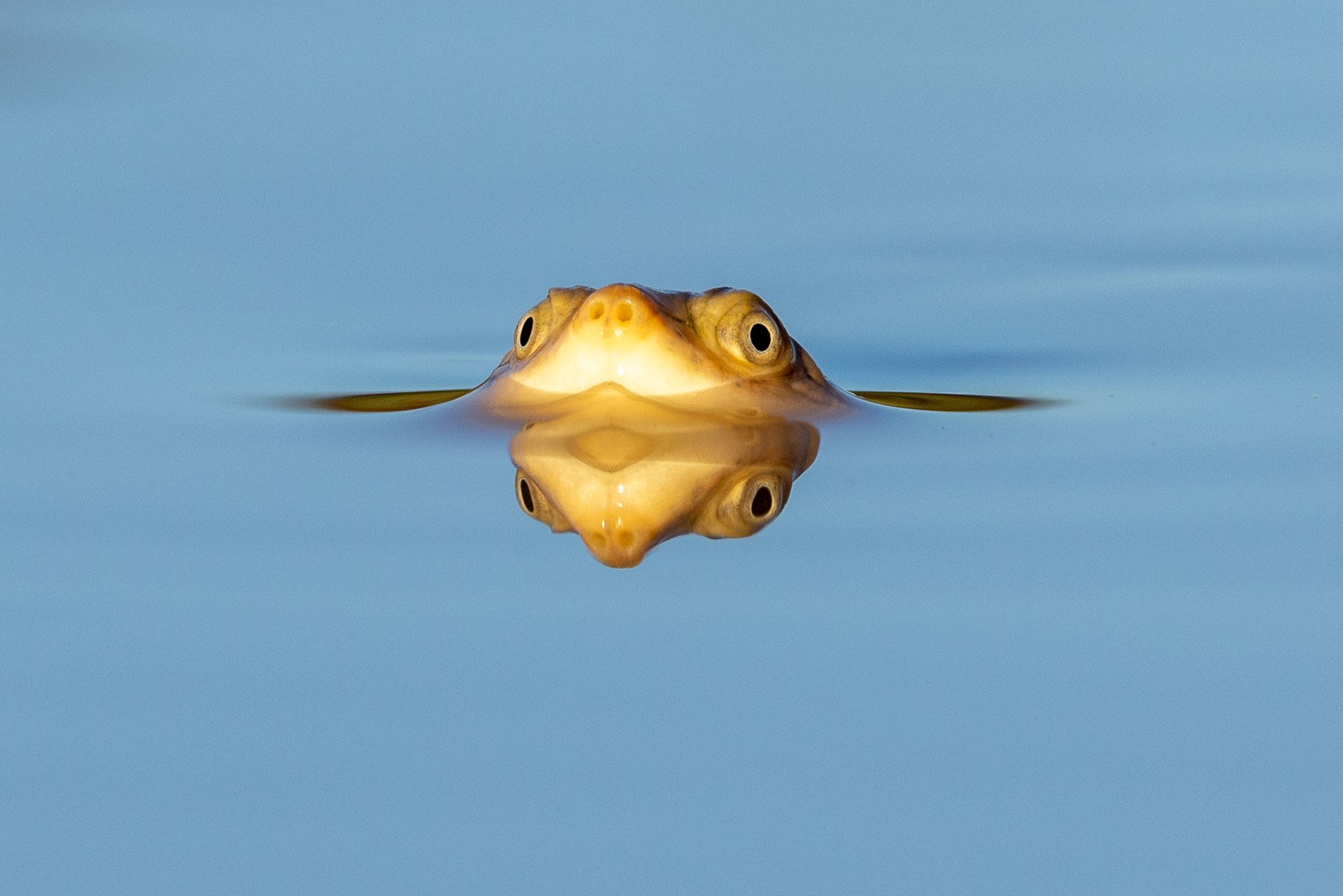
As the sun rose over Kimana Sanctuary, its golden rays pierced through a fallen fever tree, illuminating the dewy grass below — a scene straight from a dream. A higher aperture number, such as f/16 or f/22, increases the diffraction of light as it passes through the lens. Because the higher number means a smaller aperture opening, light rays diffract or spread out more as they pass through. When the light from the rising sun passes through the small openings created by the branches of the fallen fever tree, it makes the star-like effect observed in the scene below. This adds an extra layer of beauty and magic to the already-picturesque sunrise.

Yet, within 24 hours, the landscape transformed dramatically. Thick mist descended, concealing the vibrant colours in a mysterious cloak. Every sound was hushed, adding to the enchantment of the misty morning, and finding animals became a slightly more challenging adventure. I caught a glimpse of a Grant's gazelle, tenderly nursing its offspring in a heartwarming moment and a spur-winged goose seemingly waiting for the weather to clear for its day’s activities to commence. Nature's ever-changing beauty reminds us to enjoy the fleeting magic of each moment.
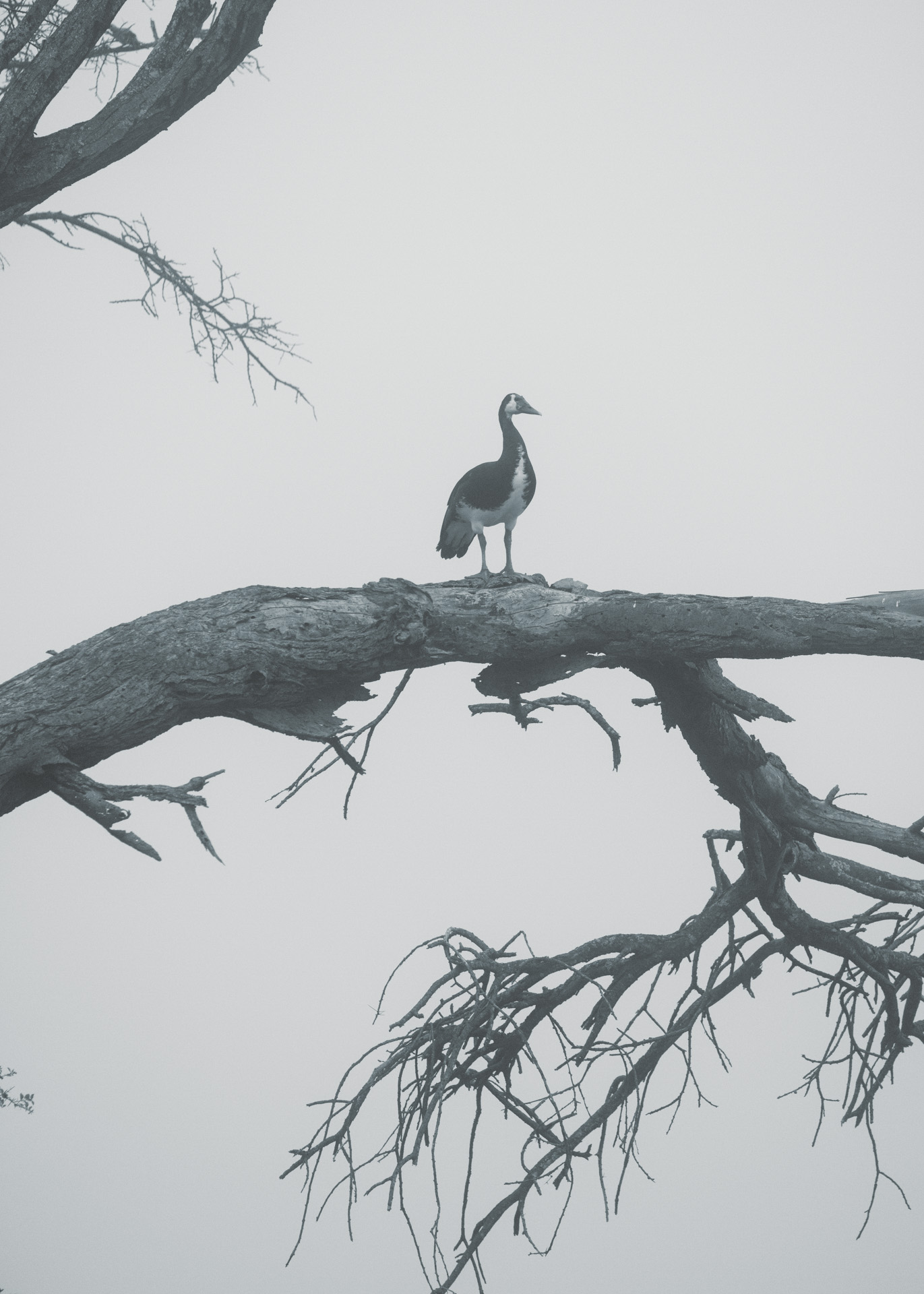

In the past weeks, plentiful rains have transformed the landscape of Kimana Sanctuary into a lush oasis. Puddles dot the terrain, creating captivating reflections that add an extra dimension to every scene. As a photographer, I find myself drawn to these mirror-like surfaces which infuse my images with a sense of depth and tranquillity.
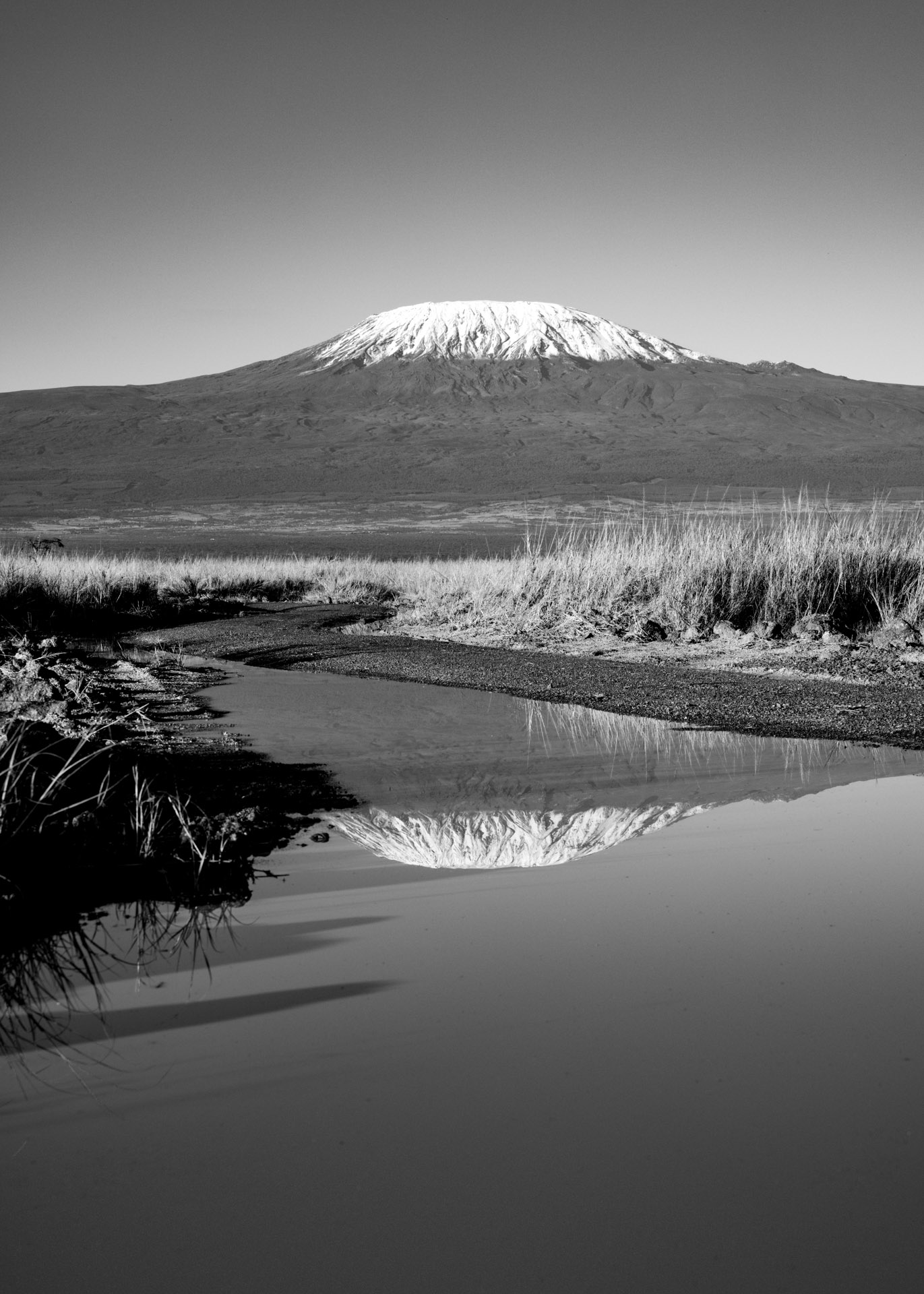
One particularly striking sight is the reflection of Mount Kilimanjaro in these pools of water. Captured in monochrome, the mountain takes on an ethereal quality, its majestic silhouette contrasting against the stillness of the water.
Among the more entertaining inhabitants of Kimana Sanctuary are the terrapins, whose presence adds to the rich biodiversity in this ecosystem. These fascinating creatures are often found in and around the Sanctuary's water bodies and the marshlands of Amboseli National Park — where they thrive in their natural habitat.
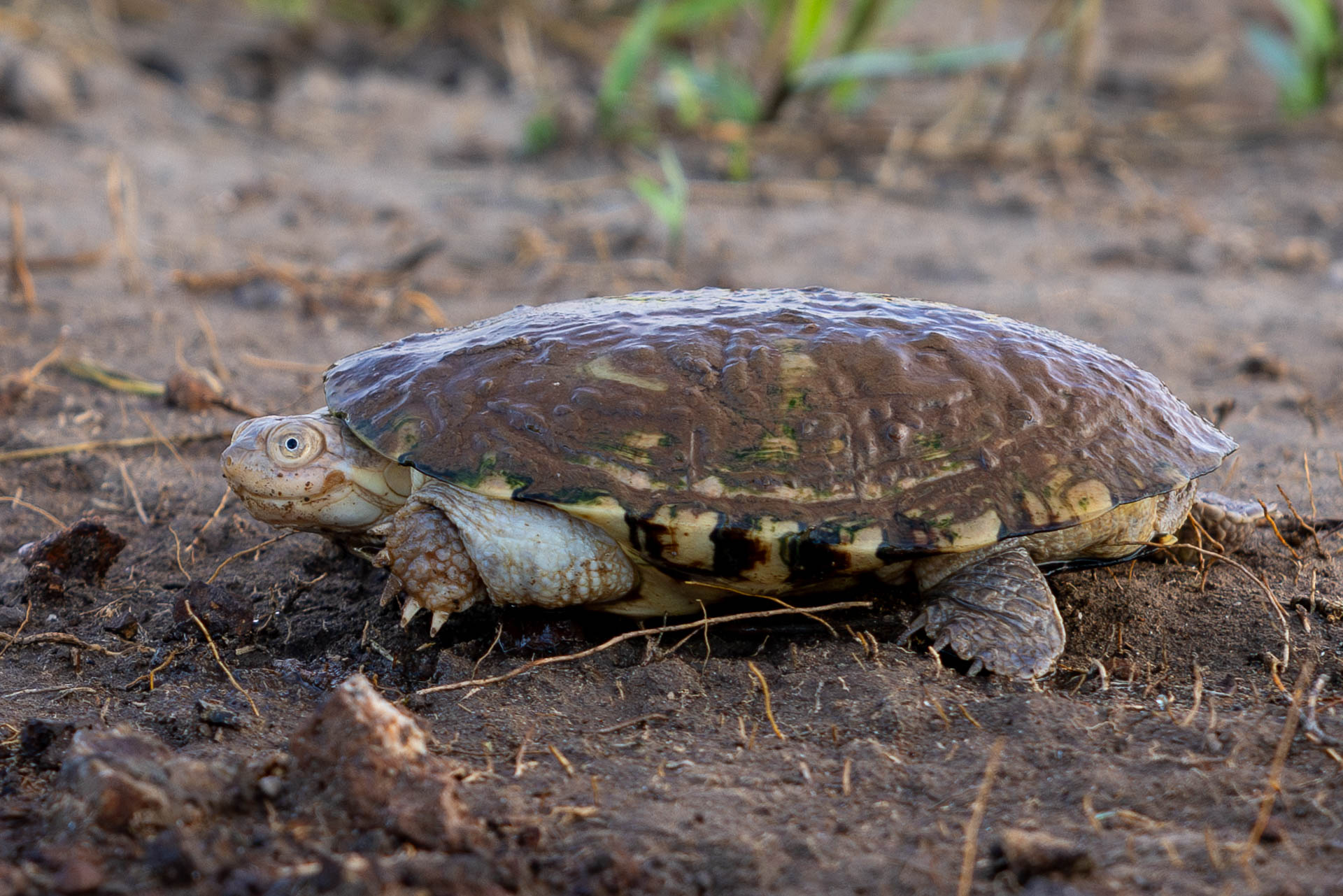
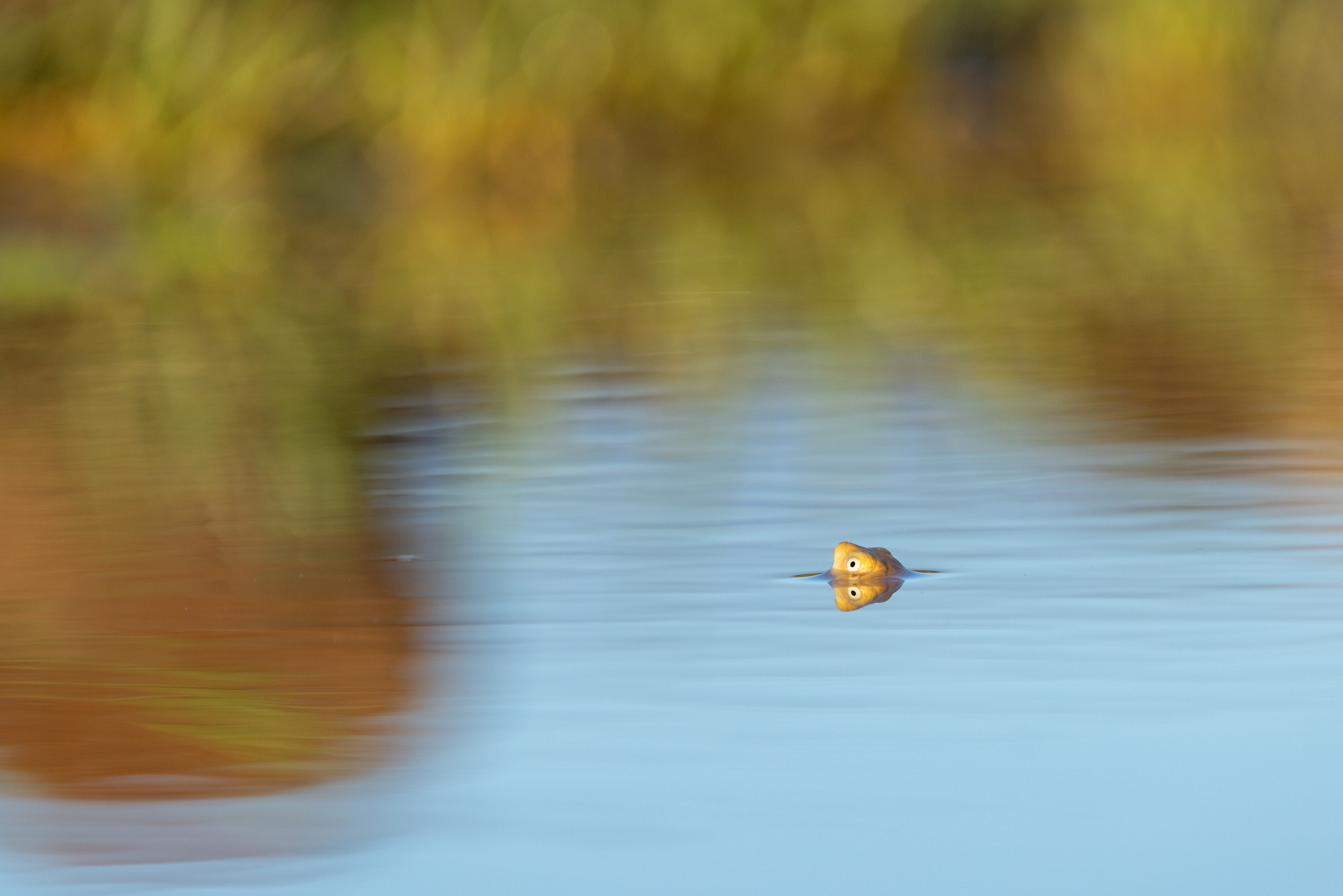
Ponds, streams, and marshy areas provide the perfect environment for terrapins to bask in the sun and seek refuge in the water when needed. In this season of plentiful rainfall, terrapins are particularly active, foraging for their varied diet of aquatic plants, insects, and small fish. Observing their gentle movements against the backdrop of the lush surroundings offers a glimpse into their serene existence (though you still want to keep your fingers far away from their mouths).
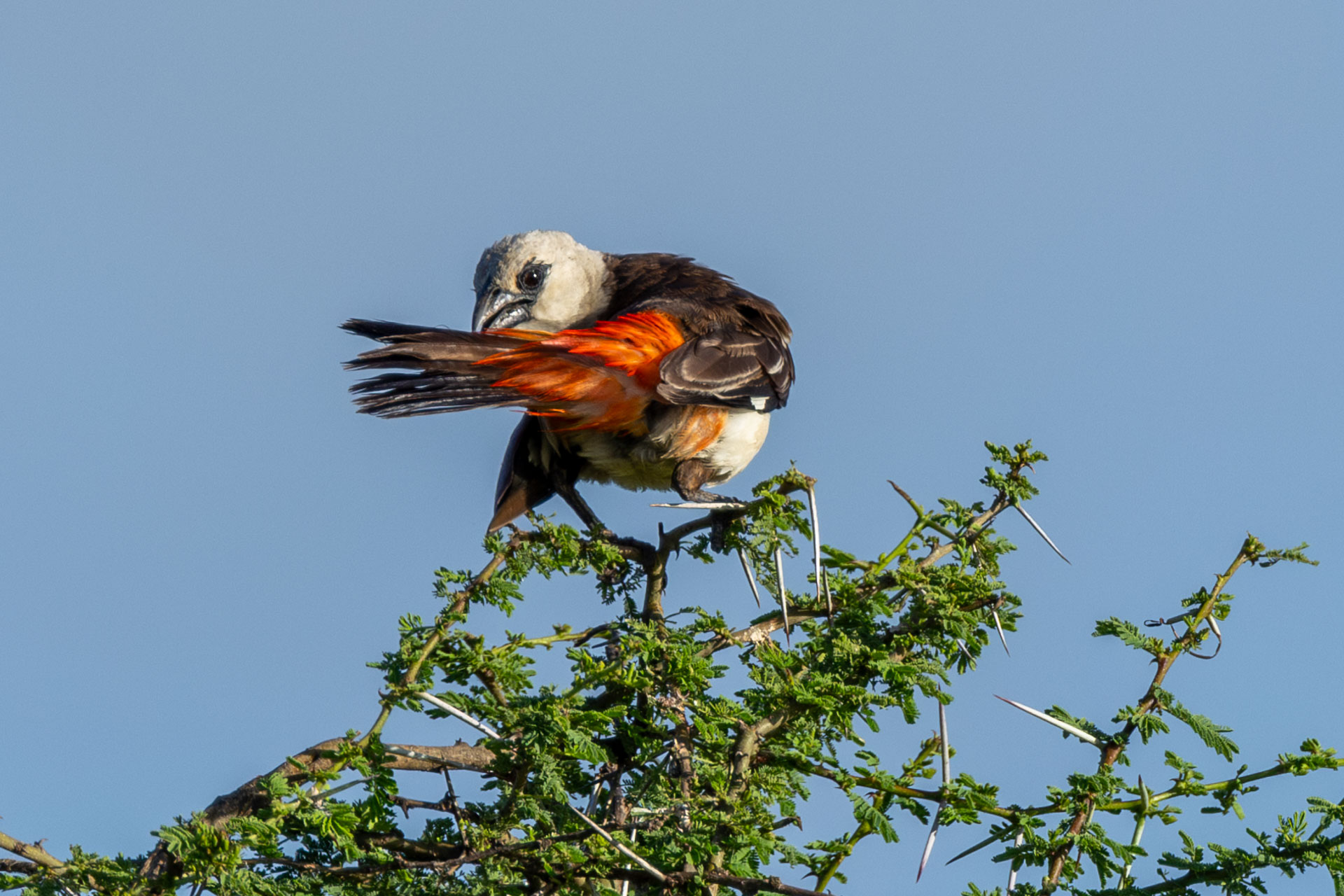
A resident bird here in Kimana Sanctuary and native to East Africa is the white-headed buffalo weaver. We caught up with this noisy, yet strikingly beautiful, avian species perched on one of the tortilis trees, casually grooming itself. These birds typically forage on the ground for insects, especially beetles, as well as butterflies, fruits, and seeds. Their white head and underparts complement their vibrant orange-red rump and brown wings beautifully.

While I typically don't make a habit of photographing zebra behinds, it's hard to ignore the mesmerising sight of their perfectly contoured stripes, the symmetrical design of their skin stands out like a work of art. However, what truly caught my eye was the oxpecker perched atop one zebra's behind, subtly highlighting the symbiotic bond between the two species. –Sammy Njoroge
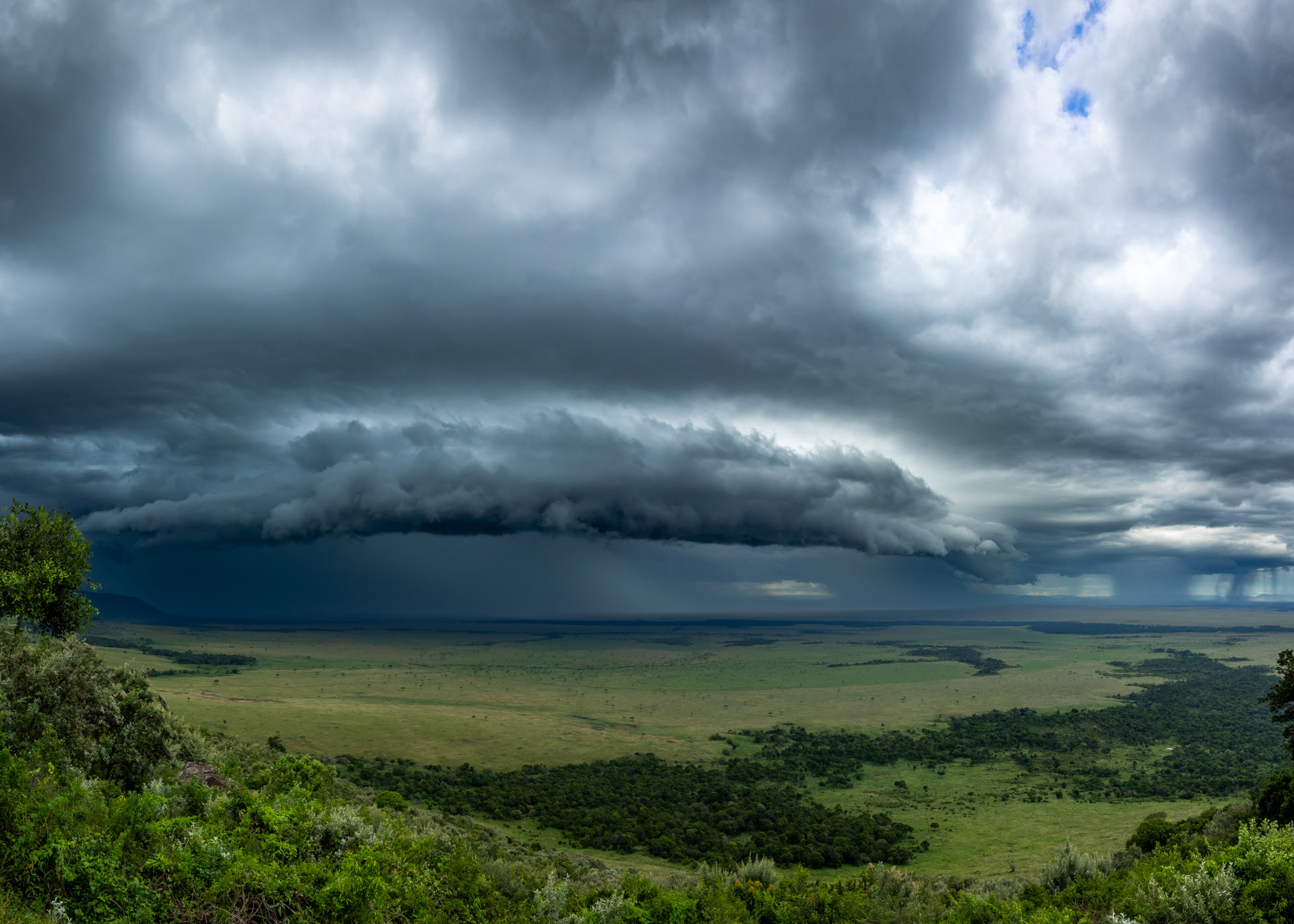
Unclaimed territories present enticing opportunities for invading male lions seeking to expand their domain. Due to the rising levels of the Mara River from continuous rains, the dominant Bila Shaka males have been restricted to the Greater Reserve area, leaving the territories of the River Pride and the Angama lioness in the Triangle vulnerable and unguarded.
Found not far from the River Pride is the Nomad male lion, best known for his past aggression in killing the Angama lioness' previous litter and forming a surprising coalition with a younger male from the Owino Pride. They have been coexisting peacefully, even nurturing a bond with two cubs sired by the Nomad male and the Angama lioness.
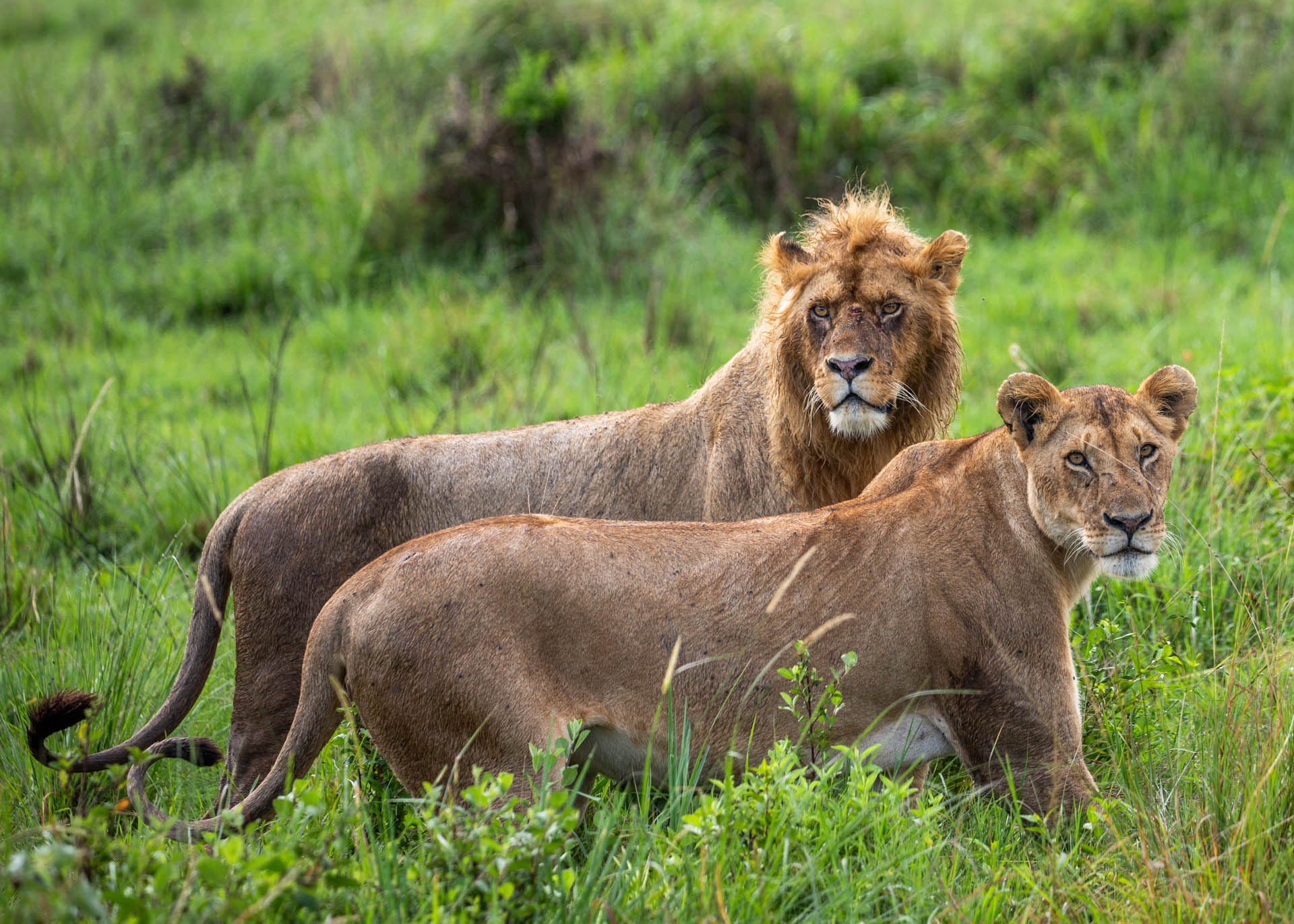
The convergence of these lions around the carcass of a dead elephant has led to an unexpected and intriguing development. Both the Nomad male and the younger male from the Owino Pride have been seen mating with separate females from the River Pride. While this mating activity could be genuine, these females currently have no young cubs to protect, so it's less likely they are driven by maternal instincts. Instead, there's a good chance they are feigning interest to gain access to the abundant food source.
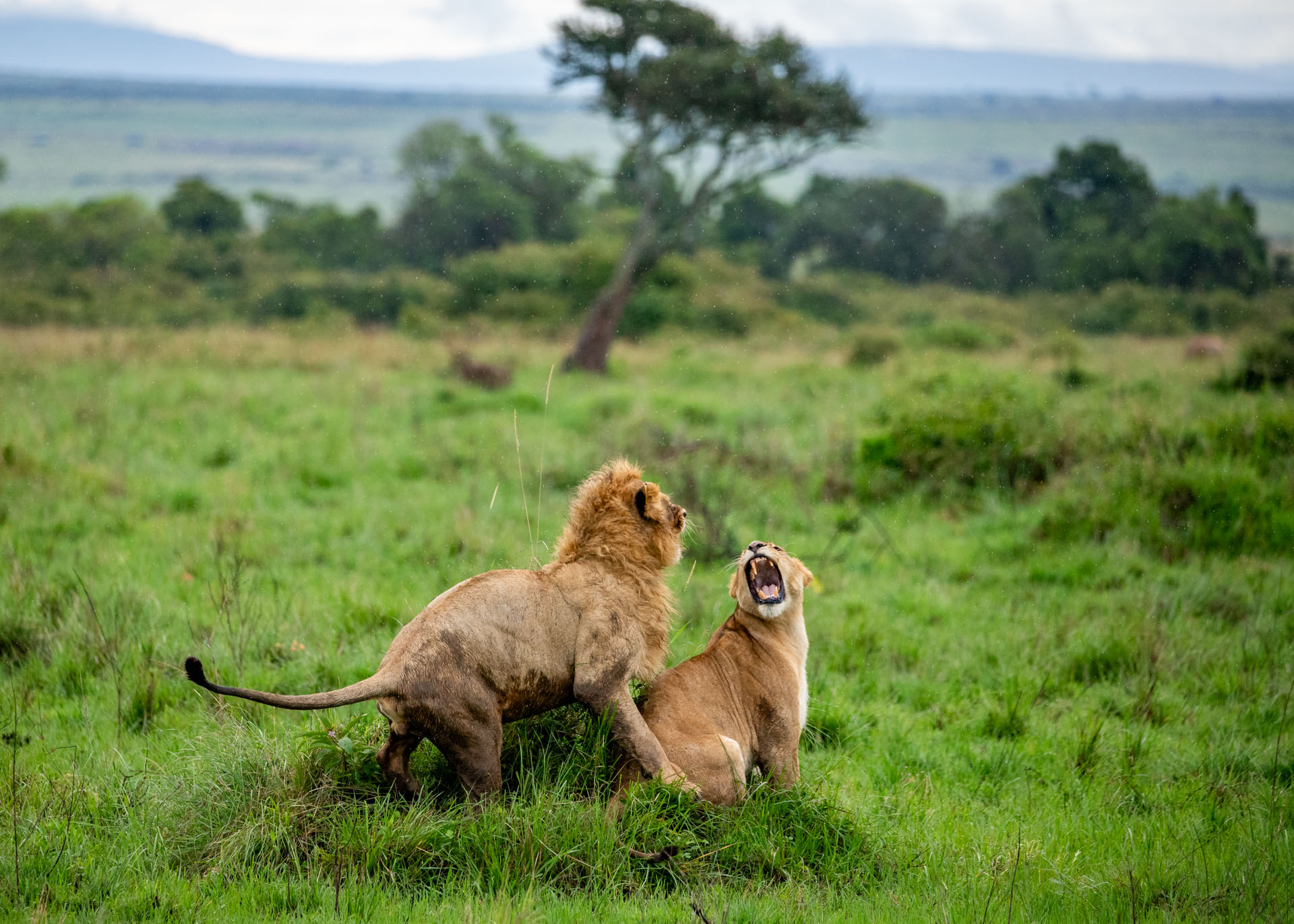
As the river levels eventually recede and the dominant Bila Shaka males return to their territories in the Triangle, the situation could become more complicated for the River Pride females, especially if they conceive and give birth to new cubs from their recent interactions with the Nomad and Owino male.
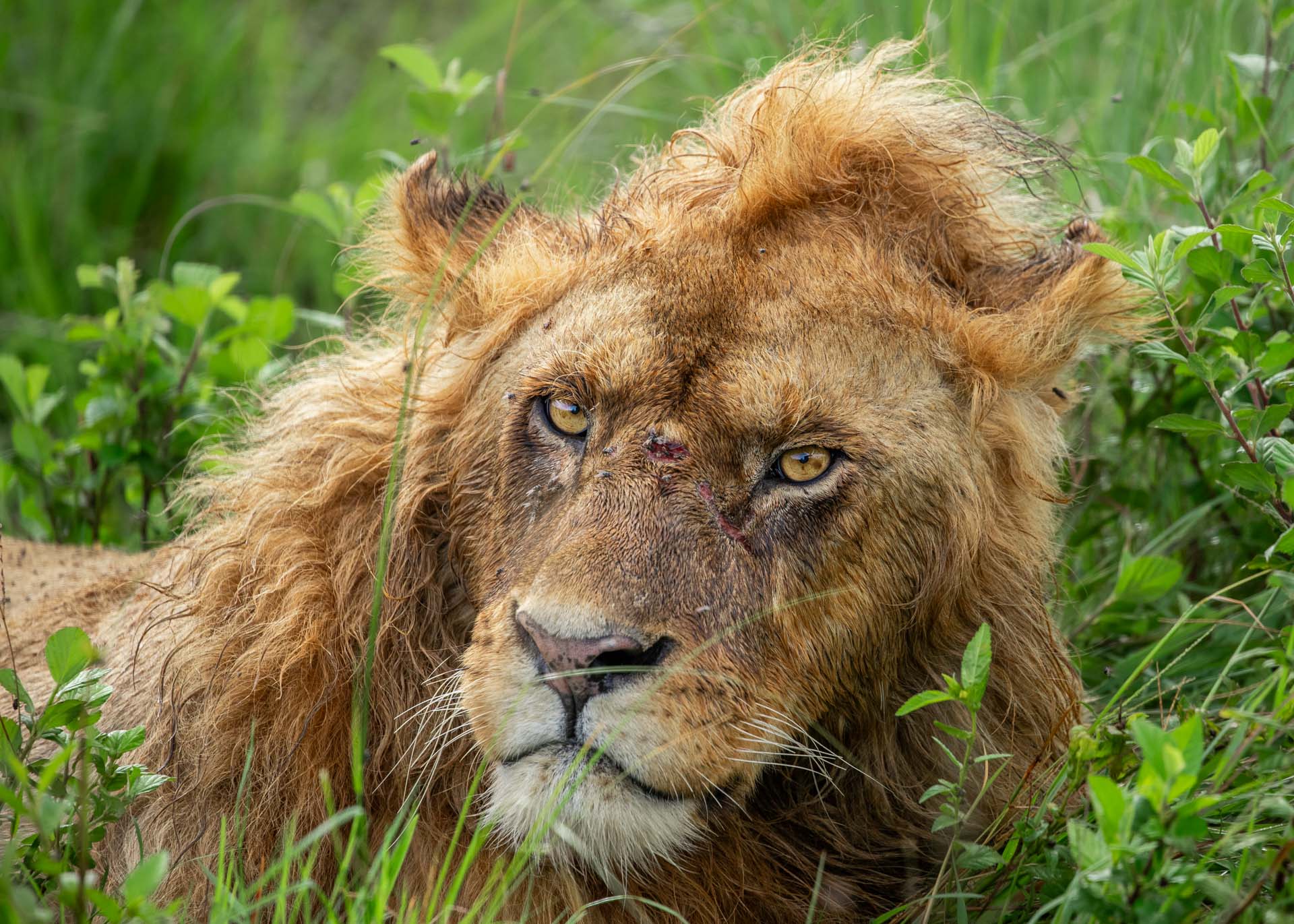
Amidst the unfolding drama amongst the other lions, the Angama lioness chose to observe from a safe distance, perched atop her favourite tree. This vantage point provides her with a clear view of the feeding lions as well as a strategic advantage for keeping her two cubs safe.
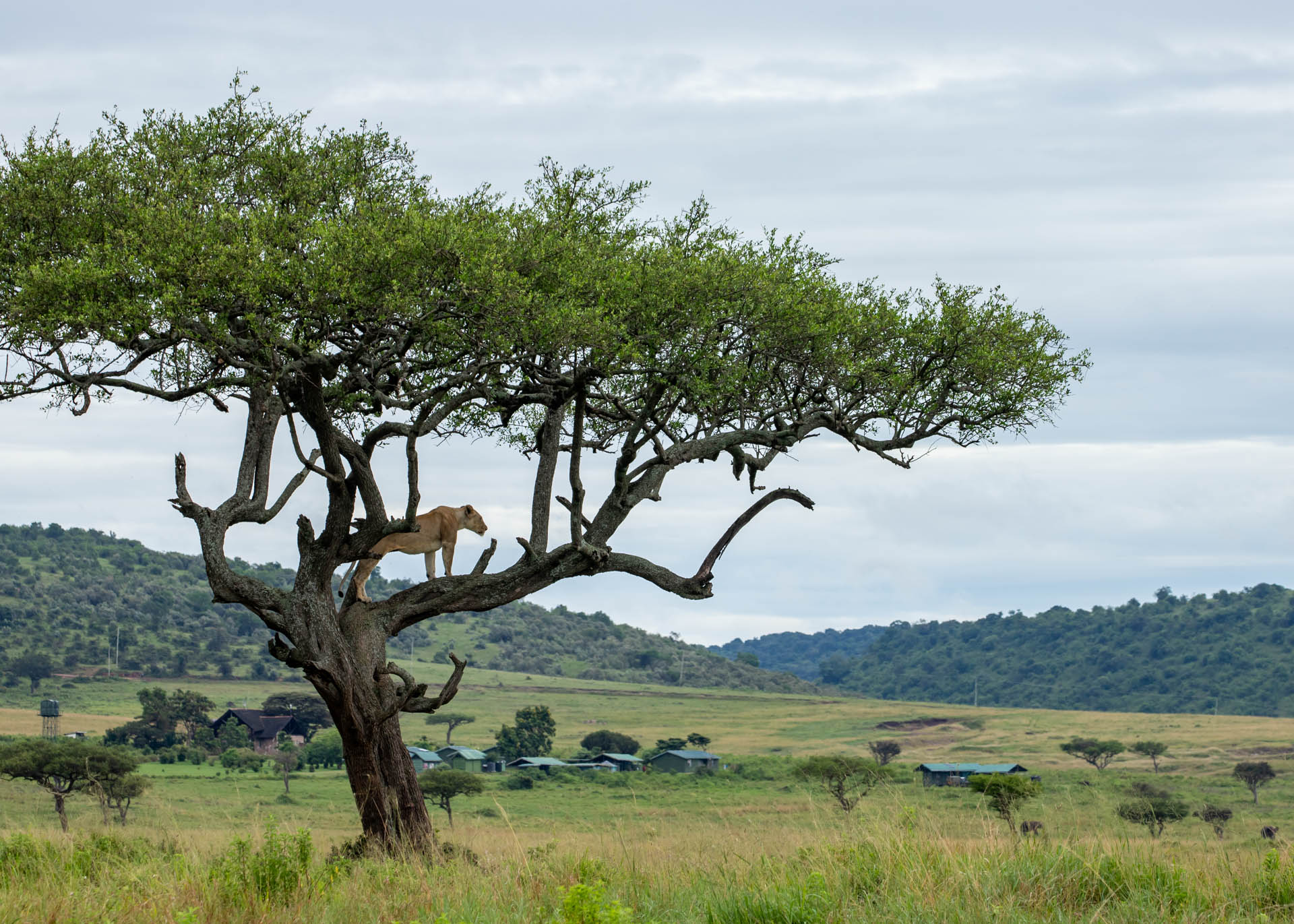
The three Siligi cheetah boys have been making their presence known around the Kenya-Tanzania border area, showcasing their impressive strength and adaptability. With an abundance of prey animals available in this region, these formidable males have no shortage of options when it comes to hunting.
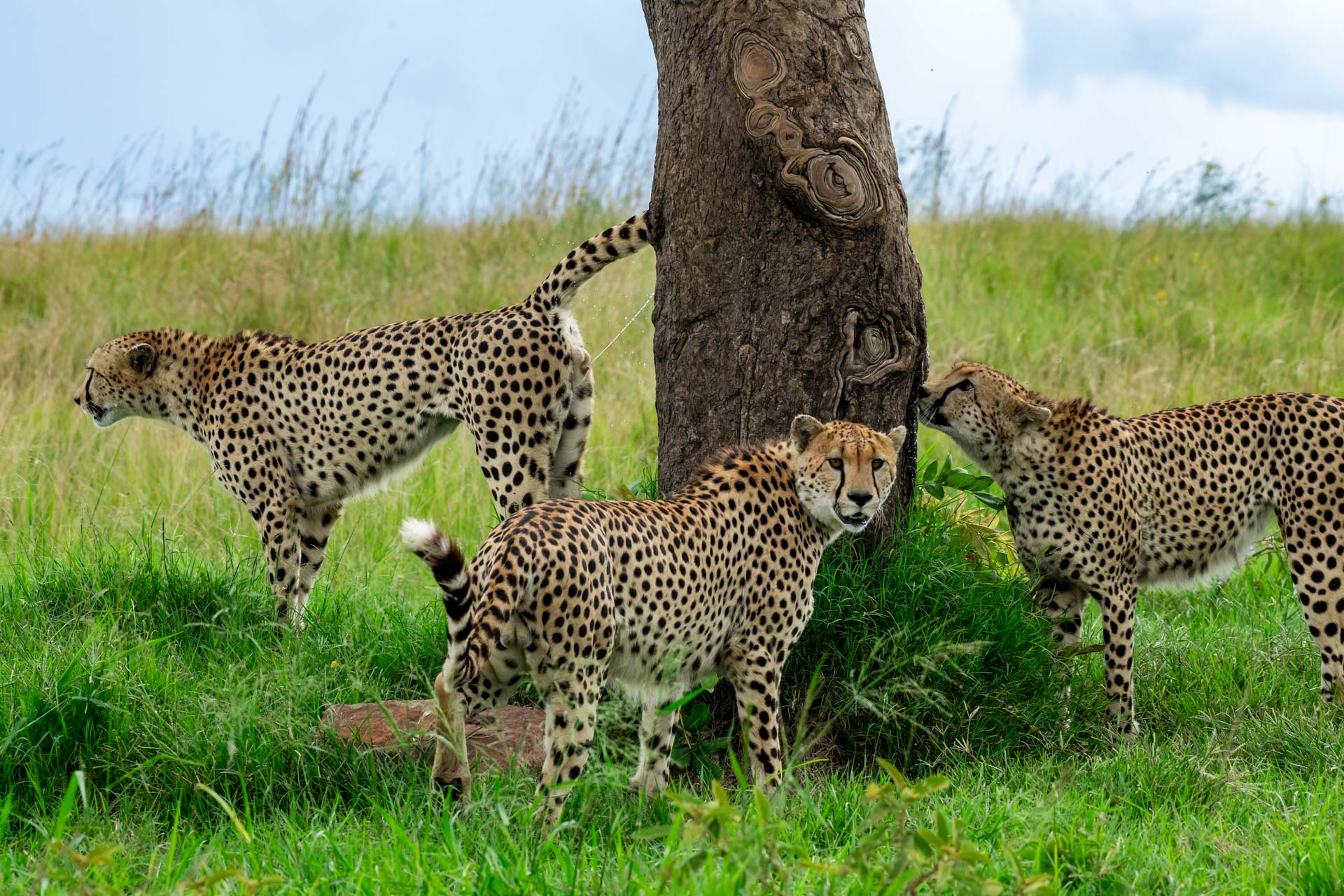
However, their success has not gone unnoticed. Opportunistic hyenas have taken an interest in the Siligi boys' activities, often trailing behind them, waiting for an opportunity to snatch a kill. The hyenas are keenly aware of the potential rewards of following these skilful cats, as they can capitalise on their hunting efforts — without having to do the hard work themselves.
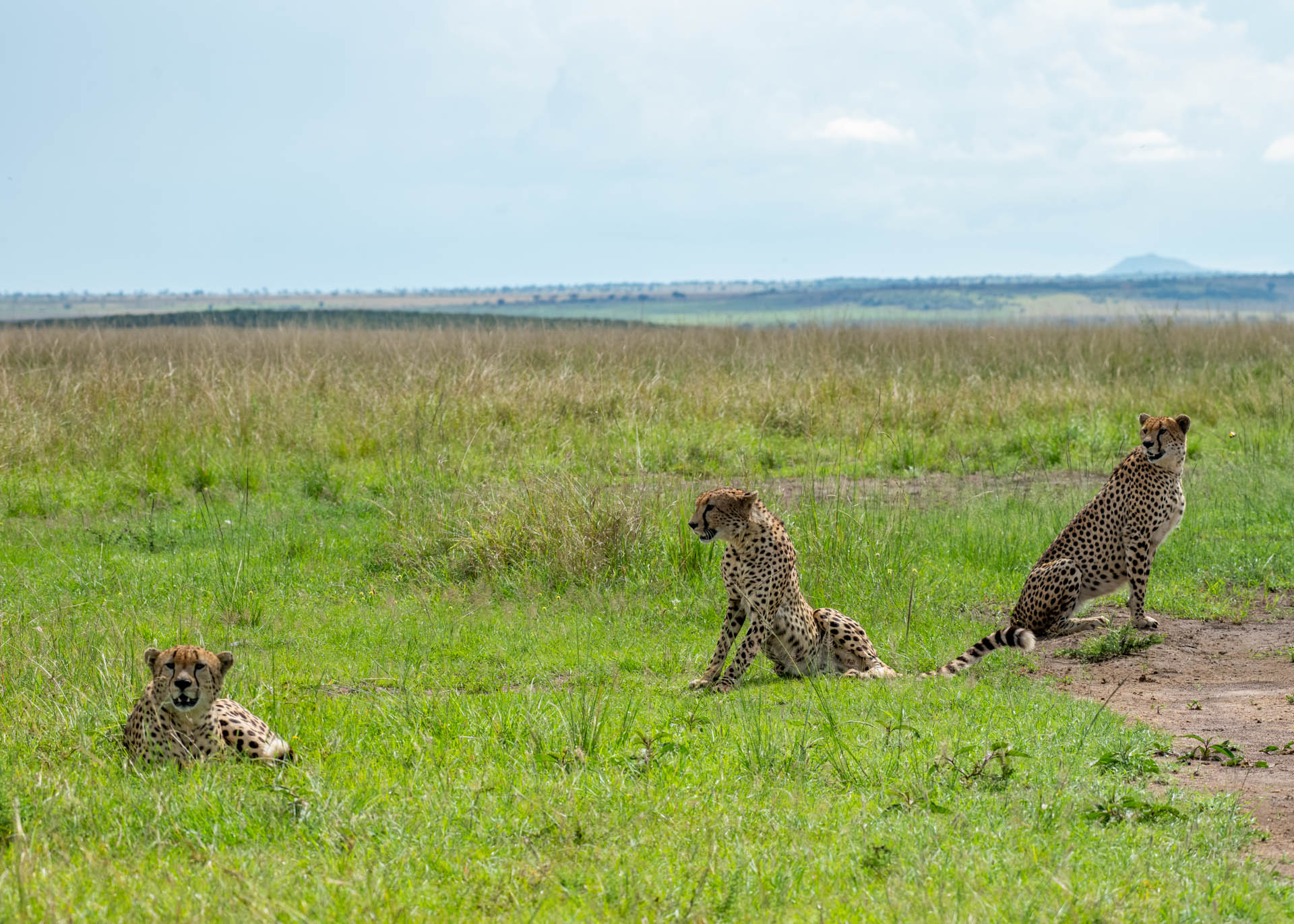
Over the past few weeks, leopards have been notably absent from our blog updates. As the rains continue to intensify and the grass grows taller, these elusive cats have the perfect camouflage with the thick grass that provides excellent cover. However, leopards are also known for their affinity for trees, which also offers them a good vantage point for scanning their surroundings. Keeping an eye on the trees during drives can often lead to rewarding leopard sightings.
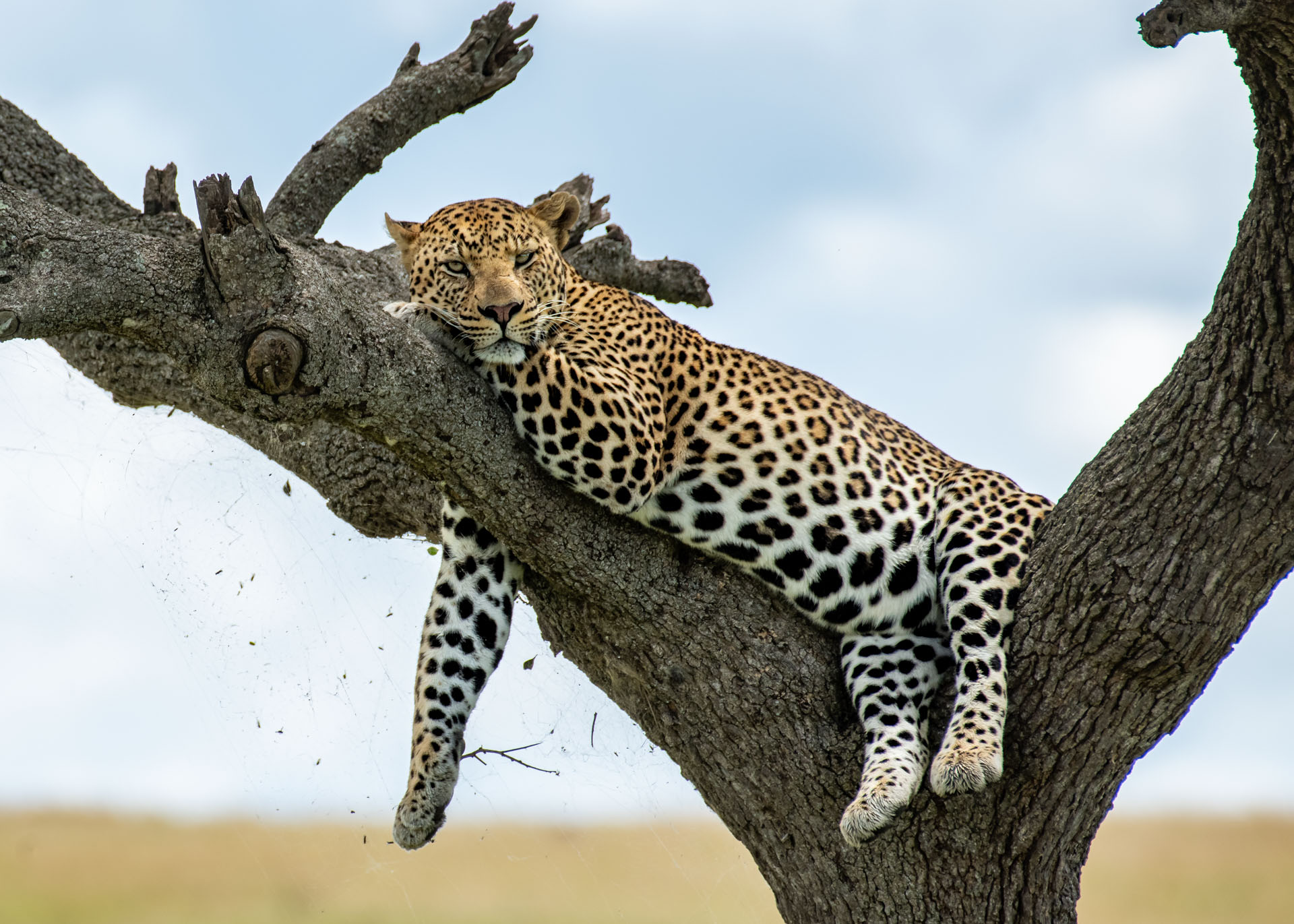
This week, we were fortunate to have a fantastic leopard sighting — a close-up encounter with Osidai, spotted with a full stomach as he took a leisurely nap. His contented demeanour was a clear indication of a recent successful hunt. –Robert Sayialel
Filed under: This Week at Angama
Subscribe for Weekly Stories
Comments (2):
12 May 2024
We are looking forward to our visits to both of your camps in July. They look so amazing in every way! Patti, Steven, Maureen, John and Brian 🐘🐘🐘🐘🐘
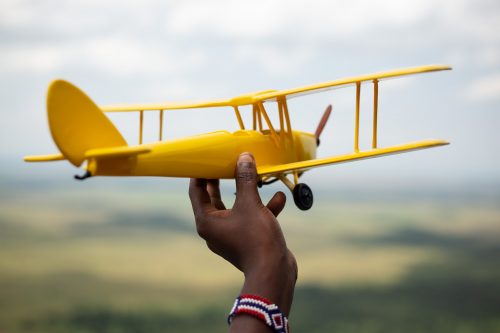
Out of Africa